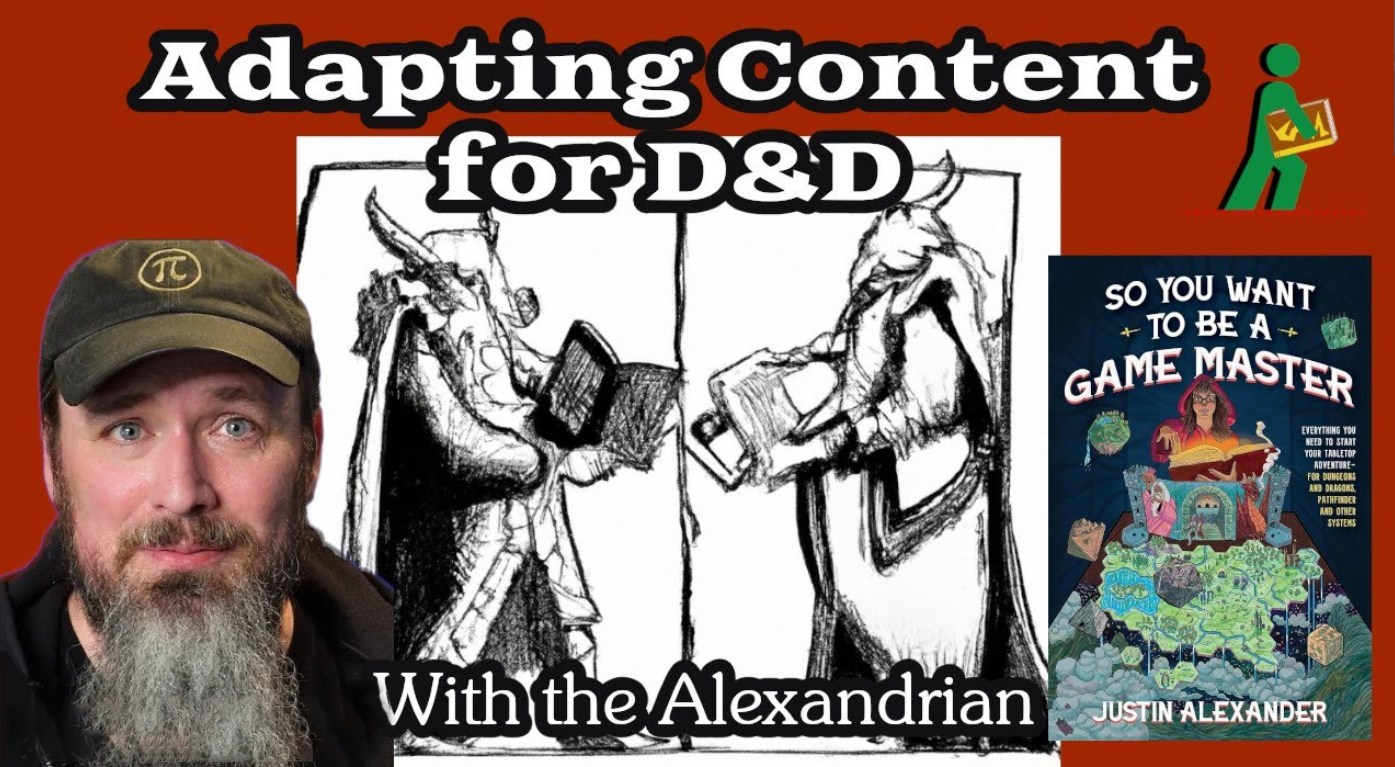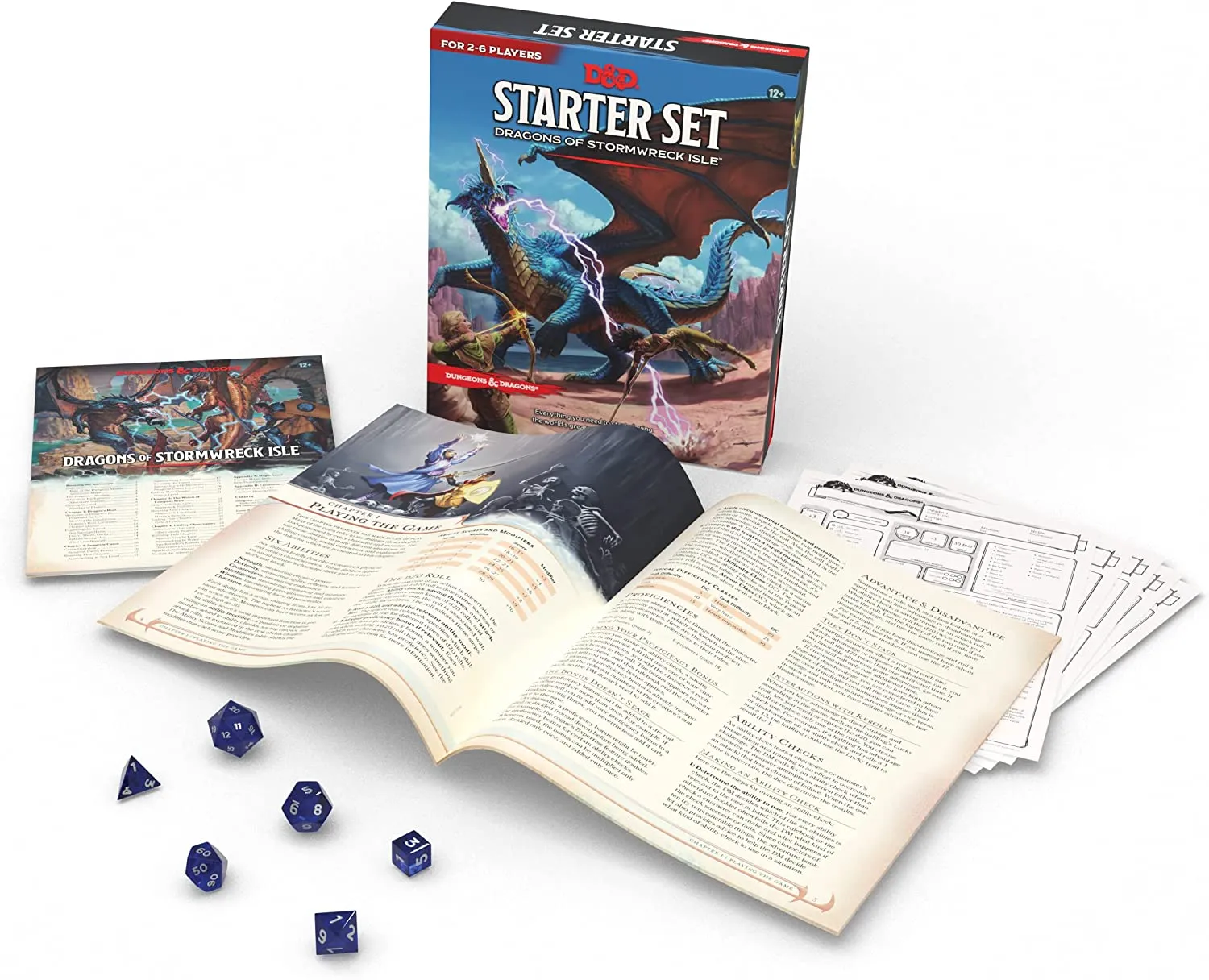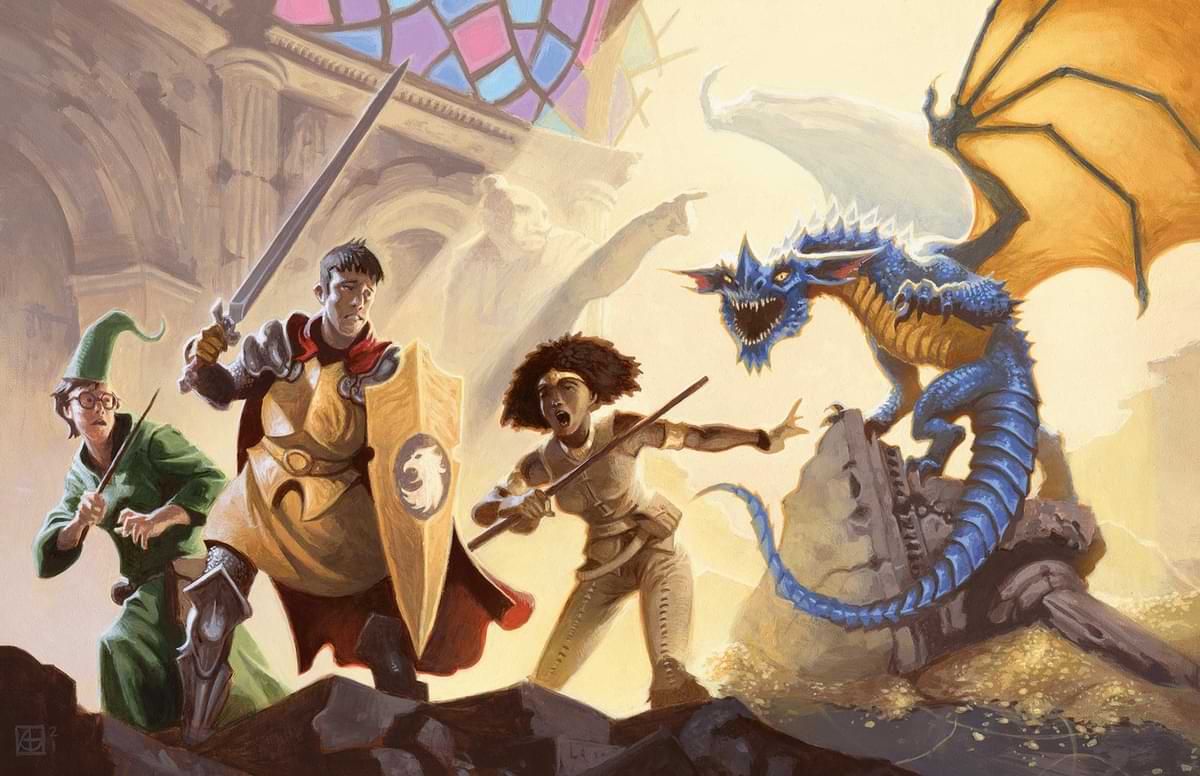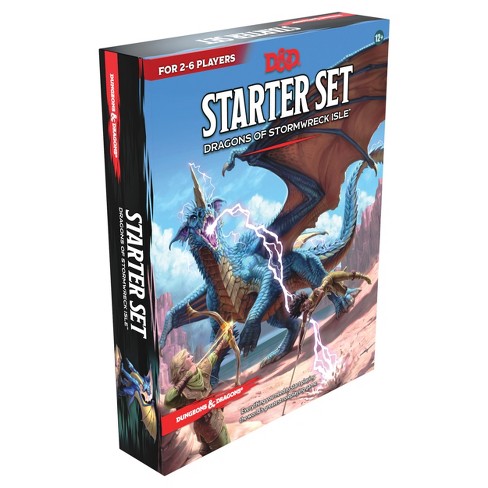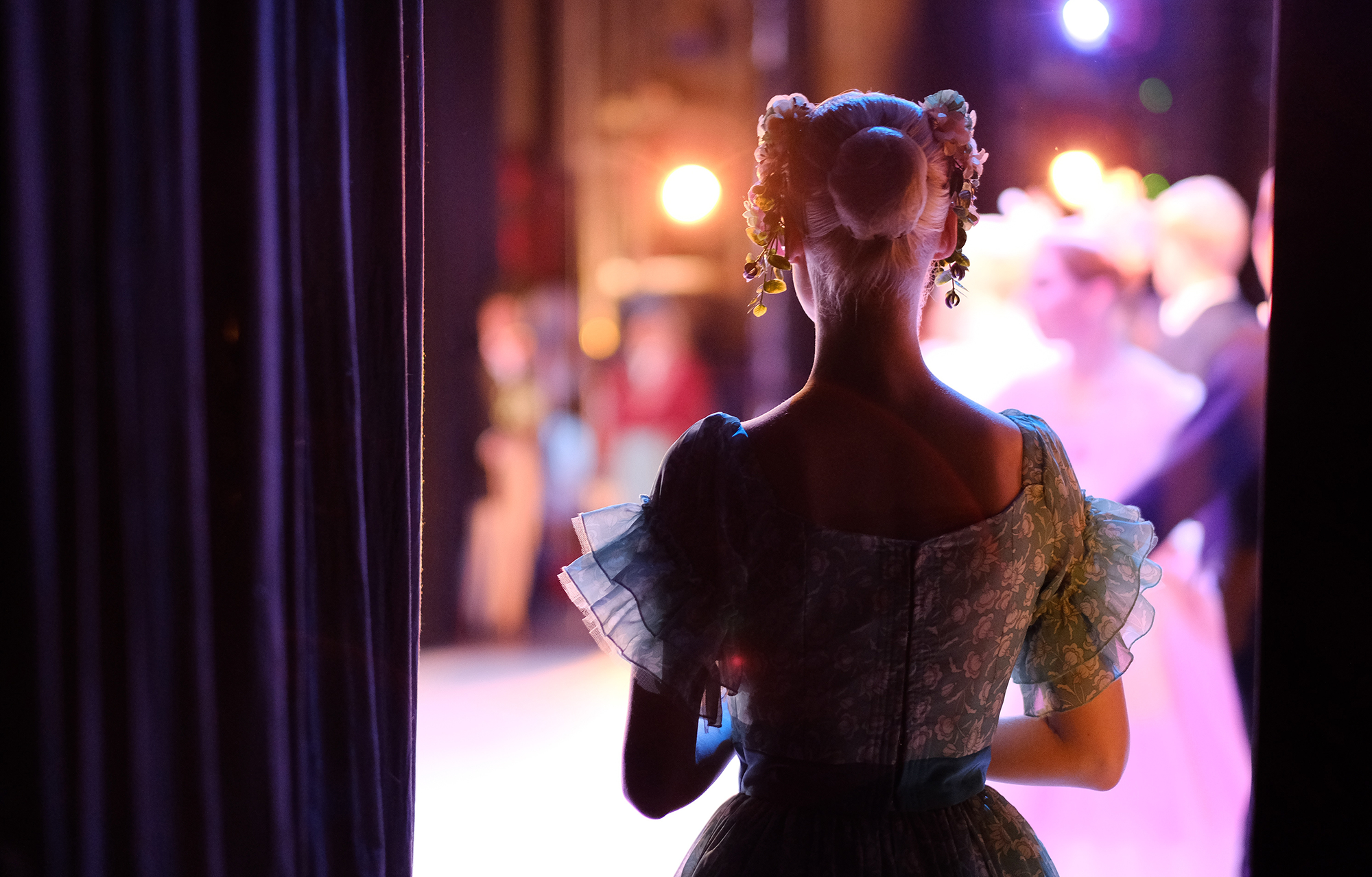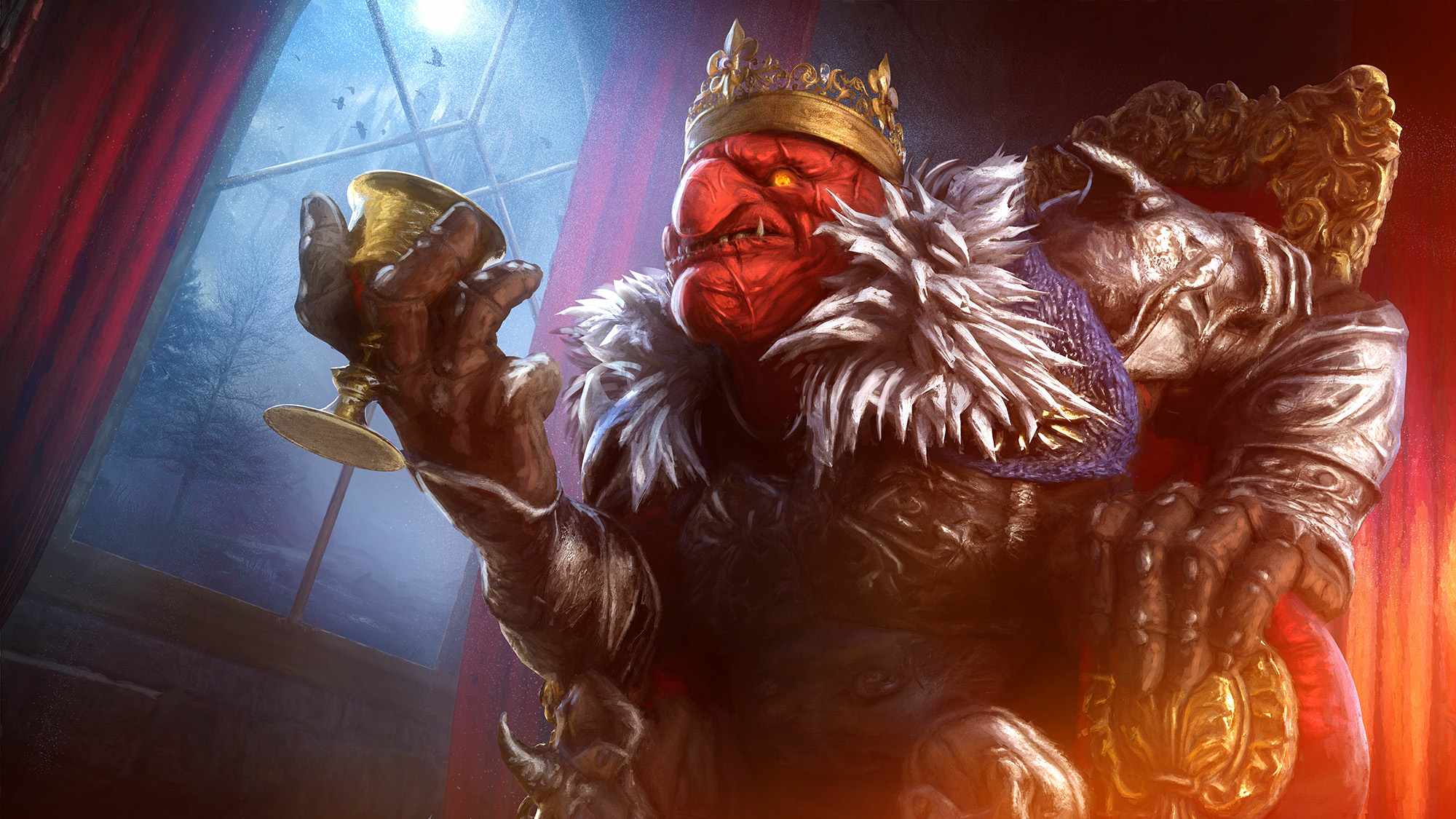
On page 245 of the 5th Edition Dungeon Master’s Guide, there’s a Conversation Reactions table. The basic concept is that, when the PCs propose a given course of action to an NPC (or group of NPCs):
- The DM assigns an attitude to the NPC (based on their relationship or initial reaction).
- The PC makes some form of social ability check.
- The DM consults the appropriate table for the NPC’s attitude to determine their reaction to the PCs’ proposal.
The problem is that the tables are quite limited and prone to producing nonsensical results. (For example, Friendly characters will basically always drop everything they’re doing to help you out with minor tasks. On the other hand, it’s surprisingly easy to get hostile creatures who are “opposed to the adventurers and their goals” to nevertheless help the PCs out.)
This, of course, has led to a lot of DMs just abandoning the whole thing. But the core concept here isn’t a bad structure for making a ruling to resolve a social interaction. It’s just the implementation that cripples it.
REACTIONS & RELATIONSHIPS
The first thing the DM should do is determine the NPC’s attitude to the PCs. This is a spectrum, describing either the NPC’s immediate reaction to the PC or their long-term relationship with them:
- Intimate. Someone the PCs have a deep, meaningful friendship or romantic relationship with.
- Friendly. Someone who will generally be kind and welcoming. They might be casual friends of the PCs, or just someone who’s friendly with strangers. They are likely to help the PCs if they can.
- Indifferent. The NPC has no meaningful opinion about the PCs.
- Threatening. The NPC is actively opposed to the PCs or their goals. They won’t necessarily attack the PCs, but there’s a risk that they will.
- Hostile. Unless convinced otherwise, a hostile NPC will actively oppose the PCs’ goals. This still doesn’t necessarily mean that combat will break out, but if the NPCs have a violent disposition it’s very likely it will unless there’s an inhibiting factor.
- Nemesis. Someone the NPCs have a history of antagonistic interactions with.
What reaction or relationship an NPC has to the PCs is a creative decision made by the DM, based on their understanding of the game world. It might depend on what they know about the NPC and their goals. It might depend on the NPC’s past interactions with the PCs (or to the PCs’ faction).
On the other hand, if the PCs are meeting these NPCs for the first time and you’re looking for inspiration, you might use a random reaction check:
| 2d6 | Reaction |
| 2-4 | Hostile |
| 5-7 | Threatening |
| 8-10 | Indifferent |
| 11-12 | Friendly |
Note that some attitudes might be persistent: The bartender at the Golden Apple is always happy to see the PC. Nicholas has been their friend since childhood.
Other attitudes, however, may be situational: The NPC is only Hostile to the PCs in the context of this specific check. For example, the watchman would usually be Indifferent to the PCs, but they are currently trying to get into the vault that he’s guarding so he’s Threatening or Hostile.
Some NPCs might even be both, and you’ll need to figure out which attitude is most significant to the current scene! For an example of this, consider the relationship between Rick and Louis in Casablanca: They are generally Friendly with each other, but when the Nazi Strasser puts official pressure on Louis, he can become temporarily Hostile to Rick (by, for example, shutting down his casino). As this demonstrates, such conflicts in an NPC’s relationship with the PCs can be a great source of drama and adventure.
(Note that Intimate and Nemesis are only used to describe persistent relationships. They describe long-term trends in the interactions between characters which will bias them towards similar interactions in the future.)
OUTCOMES
When the PCs ask an NPC to do something specific, we’ll call this a proposal. This might be a formal proposal (e.g., the PCs gain an audience with a king to ask him for assistance with the goblin infestation of the Feybane Woods), but it’s just as likely to be something more informal and casual (e.g., “Have you heard anything about Robin?”; that’s asking for information, and if we’re uncertain whether or not the NPC would answer the question, we could resolve it as a proposal).
When we resolve a proposal, there’s a spectrum of possible outcomes:
- Attack or Hinder. The NPC not only won’t do what the PC asks, they will seek to actively stop them from achieving their goal. (This might be getting the immediate goal of the proposal, but it might also be whatever underlying goal was the reason for the proposal – e.g., the king doesn’t just refuse to provide help, he recruits the goblins or locks the PCs up so they can’t return to the Feybane.) In a dungeon scenario, raid scenario, or similar situation, it likely means rolling initiative and trying to murder each other.
- Hinder, if there’s little risk. The NPC will take action to hinder the PCs, but only if there is little risk to them doing so. (This means combat is very unlikely, since potentially lethal consequences are generally the opposite of “little risk.” Although, a necromancer who thinks he can shout, “Destroy them my skeletal minions!” and then leave unmolested while the interlopers are dealt with may feel there’s little risk to themselves.)
- No Help. The NPC will not agree to the PCs’ proposal, but they won’t work to hinder it, either.
- Help, if there’s no risk or cost. The NPC will agree to the NPC’s proposal as long as there is no cost or risk to themselves.
- Help, if there’s a minor risk or cost. The NPC will agree to the PC’s proposal as long as it wouldn’t pose more than a small inconvenience – i.e., if it requires no more than a minor cost or cost on their part.
- Help, if there’s a major risk or cost. The NPC will agree to the PC’s proposal even if there’s a major risk or cost to themselves.
The judgment of what constitutes a major or minor risk/cost should be made from the NPC’s point of view: Asking a king to make a 100 gp donation to help the local orphanage is, at worst, a minor cost to the monarch, but making the same request to a pauper would be a major ask.
MAKING THE CHECK
To resolve the social interaction, the PC making the proposal can attempt an appropriate ability check, most likely some form of Charisma check. The outcome will depend on the proposal, the NPC’s relationship, and, of course, the check result.
For an Indifferent NPC, use this results table:
| DC | Indifferent NPC |
| DC 0 | Attack/Hinder |
| DC 5 | Hinder, if there's little risk |
| DC 10 | No help |
| DC 15 | Help, if there's no risk/cost |
| DC 20 | Help, if there's a minor risk/cost |
| DC 25 | Help, if there's a major risk/cost |
For NPCs who aren’t Indifferent, adjust the DCs on this table by one step per shift in the relationship. There are two different ways to think about this, and you can use whichever works best for you.
First, you can adjust the skill check by the NPC’s attitude:
| Reaction/Relationship | Check Modifier |
| Intimate | +10 |
| Friendly | +5 |
| Indifferent | +0 |
| Threatening | -5 |
| Hostile | -10 |
| Nemesis | -15 |
Alternatively, you can use a master DC table for all reactions/relationships:
| DC | Intimate | Friendly | Indifferent |
| DC 0 | No help | Hinder, little risk | Attack/Hinder |
| DC 5 | Help, little risk | No help | Hinder, little risk |
| DC 10 | Help, minor risk | Help, little risk | No help |
| DC 15 | Help, major risk | Help, minor risk | Help, little risk |
| DC 20 | Help, major risk | Help, major risk | Help, minor risk |
| DC 25 | Help, major risk | Help, major risk | Help, major risk |
| DC 30 | Help, major risk | Help, major risk | Help, major risk |
| | | |
| DC | Threatening | Hostile | Nemesis |
| DC 0 | Attack/Hinder | Attack/Hinder | Attack/Hinder |
| DC 5 | Attack/Hinder | Attack/Hinder | Attack/Hinder |
| DC 10 | Hinder, little risk | Attack/Hinder | Attack/Hinder |
| DC 15 | No help | Hinder, little risk | Attack/Hinder |
| DC 20 | Help, little risk | No help | Hinder, little risk |
| DC 25 | Help, minor risk | Help, little risk | No help |
| DC 30 | Help, major risk | Help, minor risk | Help, little risk |
(Note that this results table is calibrated so that it’s Easy to get a friend to help you if there’s no risk to them. It’s also Very Hard to get a Hostile enemy to help you at all, and Nearly Impossible to get them to help you if there’s any kind of risk or cost.)
GROUP CHECK
Instead of resolving a persuasion attempt as a single check, you (or the players) might choose to resolve it as a group check. This has the advantage of getting all the PCs involved in the roleplaying, and you can also space out the individual checks, roleplaying between them and allowing each check to reflect the back-and-forth of the negotiation.
Particularly when making group checks, you can also be more flexible in which skill checks each PC might make as part of the check. For example, a PC might make a Wisdom (Insight) check and whisper in their chief negotiator’s ear. Or make an Intelligence (History) check to provide a historical precedence for the king’s aid to the Feybane.
RETRIES
The PCs have tried to convince an NPC to do something for them and they’ve just failed the check, but now they want to continue the negotiations and retry the check.
What do we do?
What you don’t want to do is just allow the PCs to continue retrying the skill check until they’re happy with the result. So here are a few options.
Let It Ride. Assume the check was made under the principles of let it ride: The check determined the result. It doesn’t matter how much the PCs keep talking, they can’t change the outcome. In fact, more than that, the players should be encouraged to finish roleplaying the scene with their check result in mind.
Transition to Group Check. Alternatively, if the initial attempt was a single check, you can transition the failure to a group check. If proposed after the initial check, however, the group is trying to climb its way out of the hole dug by the initially failed check: Have them make their checks with disadvantage. (And, of course, they already have the initial failure.)
Alter the Deal. If the PCs rolled a result of Help, but the risk was too great for the NPC to actually help them — for example, they rolled “Help, if there’s no risk/cost,” but the NPC would be putting their life in great jeopardy — then the PCs might have an opportunity to still get what they want if they can alter the deal to change the risk vs. reward (see below). (“Okay, you won’t got into the dungeon for 50 gp… what about 200 gp and an equal share of the treasure?”)
Limited Shift: If the check was Attack or Hinder, you might give the PCs a single chance to shift the result. I would recommend, however, that the best possible result in this situation would be No Help, and you might also require them to offer some sort of additional incentive to even attempt the check. (“Here! Take the rubyweed! We’ll leave peacefully!”)
Offer an Alternative: You could also proactively have the NPC offer a compromise along the lines of an Altered Deal or Limited Shift. (“I won’t do it for 50gp, but I will do it for 200gp plus an equal share of the treasure.”) You may or may not let the PCs counter-offer (which would still need to be better than their original offer) with a successful check.
Risk the Relationship: When appropriate, you might allow the PC to push hard on a Friendly or Intimate NPC and retry the check. In doing so, however, they’re risking the relationship: If they fail the check on the retry (or if the request requires a large sacrifice), they permanently damage their relationship, and it drops by one step.
RUNNING THE SCENE
The mechanical resolution at the center of this scene structure is fairly simple. As the DM, however, you have a number of levers that you control in framing and running the scene beyond that mechanical resolution.
First, you determine the NPC’s relationship. Think about your vision for this character, the PCs’ history with them (if any), their current goals, and so forth.
Second, what does “hinder” or “help” mean to this NPC? A king, for example, is unlikely to personally ride out and help the PCs slay giant rats, but he might assign some of the King’s Guard to assist.
Third, explain the outcome. For example, why did the friendly character help last time even though the risk was great, but won’t help this time? Well, perhaps he’s nervous now because of what happened last time. Or he’s busy. The context provided by this explanation may end up being the real meat of the scene. It might even have repercussions far beyond this scene.
Fourth, you decide if a check is allowed in the first place. Just like any other check, if you judge that success is either guaranteed (“hey, could you hand me that box?”) or impossible (“please abdicate your throne and make me the queen”), there’s no need to make a check. (Similarly, you decide if retries are allowed, as described above.)
Alternatively, you can extend the table to handle even larger risks or costs. Some caution is recommended, though, as a thoughtless application of this principle can lead to nonsensical results (e.g., a king abdicating his throne for a charismatic bard).
In fact, if the PCs are asking for something with a truly astronomical cost, it may be more effective to make them pay for it by figuring out what the PCs could do for the NPC in exchange for their largesse (i.e., what adventure will they be asked to do).
THE PLAYER’S LEVERS
Like the DM, the players also have levers they can use to influence the negotiation instead of relying strictly on a bare mechanical resolution.
First, they can minimize the risk in their proposal. They might do this in a direct way by altering the proposal in order to reduce the risk or cost. Alternatively, they might take action to only make the target believe that the risk or cost is minimal, which you might resolve with a Charisma (Deception) check. (A failed deception might scuttle the negotiation entirely, or it might just inflict disadvantage on the negotiation check in addition to the target assessing the proposal in accord with its actual risk.)
Second, they can provide a reward or perform a favor to change the perceived balance between risk and reward for the NPC. (This is also something that the PCs could theoretically deceive the target about, convincing them that a reward exists when it doesn’t or that it’s more valuable than it is.)
The PCs might also try to change their relationship with the NPC. Generally speaking, this should not be something that the PCs can achieve with a single ability check. Relationships are developed over the long-term, evolving over the course of multiple scenes (and likely multiple sessions). Are the PCs consistently helping the NPC or people/things the NPC cares about? Then their relationship will likely improve. Are they taking advantage of the NPC, putting them in danger, or damaging the things and people they care about? Then their relationship is going to deteriorate or collapse. This is really a roleplaying decision for the DM to make. (One thing I would recommend, though, is that it’s probably easier to knock an NPC out of Indifferent than anything else.)
The one exception to this is changing first impressions. Whatever that initial relationship may be, the fact that it’s only existed for a few moments and is likely based on very little information will probably make it more susceptible to a rapid shift. A particularly effective technique here is to invoke a common ally, faction, or cause. Letters of recommendation can serve this function in formal negotiations. (This, too, could be a matter of deception. For example, if the PCs can convince the orcs they just met that they, too, work for the Golem Master, then we’re all on the same team and even a Hostile reaction could flip to Friendly.)
ROLEPLAYING THE SCENE
Something that we’ve emphasized throughout this article is that this is a scene structure which resolves a roleplayed negotiation. It does not, importantly, replace the roleplaying. The scene should be roleplayed to set up the check and then the outcome of the check should be roleplayed, too.
For a deeper look, and more tips and tricks for handling this during actual play, you might want to check out Rulings in Practice: Social Skills.



